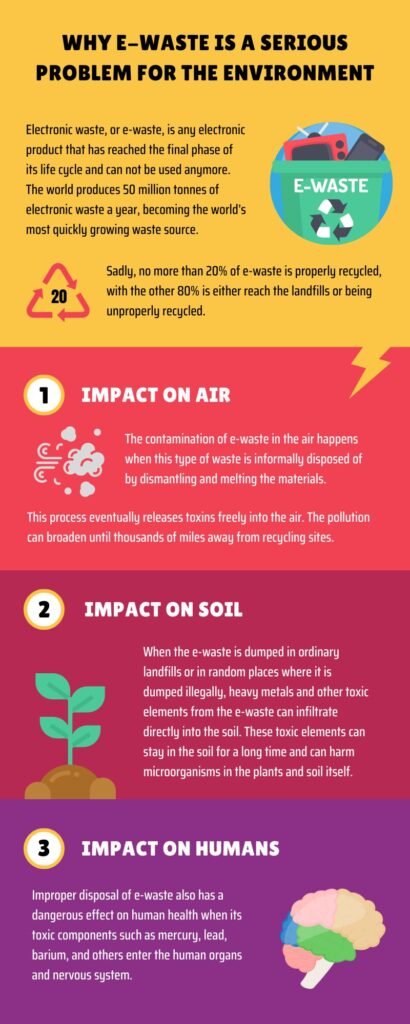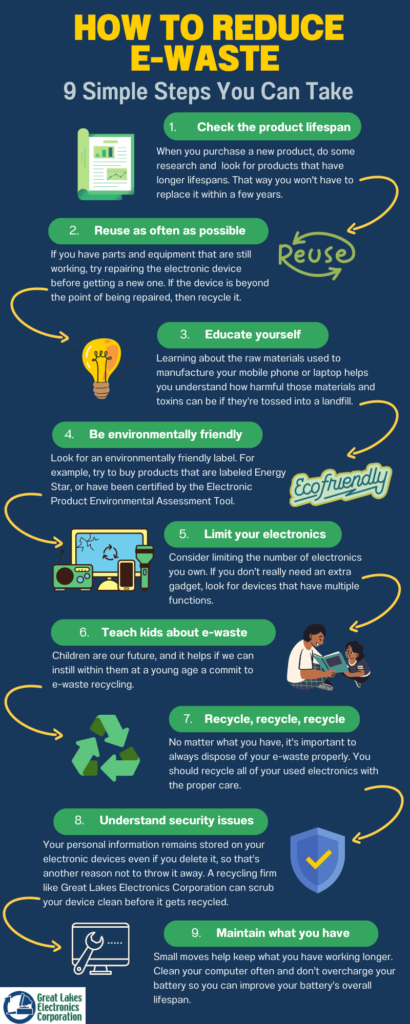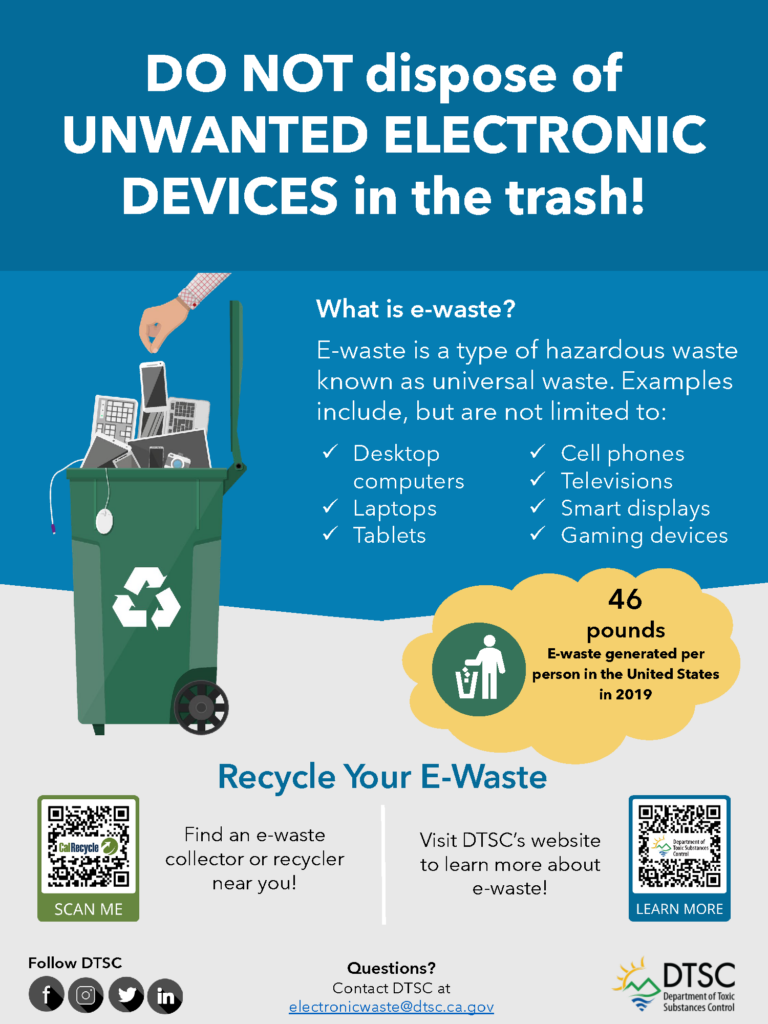E-waste, or electronic waste, refers to discarded electronic devices and their components. With the rapid pace of technological advancement, addressing e-waste has become crucial. The rise of mobile games and devices, while revolutionizing entertainment and connectivity, has also contributed significantly to the growing e-waste problem. Understanding and mitigating the impact of this trend is essential for sustainable living.
Understanding E-Waste
What Constitutes E-Waste?
E-waste encompasses a wide range of discarded electronic items, including smartphones, tablets, computers, and gaming consoles. These devices contain hazardous materials like lead, mercury, and cadmium, which pose significant environmental risks when improperly disposed of.

Environmental Impact of E-Waste
E-waste contributes to environmental degradation through soil, water, and air pollution. Toxic substances leach into the ground, contaminate water sources, and release harmful gases when incinerated. This pollution affects ecosystems and biodiversity, causing long-term ecological damage.
Health Hazards Associated with E-Waste
Improper handling of e-waste can lead to serious health issues. Exposure to toxic chemicals can result in respiratory problems, skin disorders, and even severe conditions like cancer. Informal recycling practices, prevalent in developing countries, pose significant health risks to workers and local communities.
The Proliferation of Mobile Devices
Growth of Mobile Technology
The mobile technology sector has seen exponential growth over the past decade. With billions of smartphones in use worldwide, the demand for newer, faster, and more advanced devices continues to surge. This growth, while technologically beneficial, exacerbates the e-waste problem.
The Short Lifecycle of Mobile Devices

Mobile devices typically have short lifecycles, often being replaced every two to three years. This rapid turnover is driven by technological advancements, consumer desire for the latest features, and planned obsolescence by manufacturers. As a result, old devices quickly become e-waste.
The Challenge of Device Obsolescence
Device obsolescence occurs when products become outdated or non-functional due to hardware limitations or software incompatibility. Mobile games, which require frequent updates and higher processing power, contribute to this cycle by pushing older devices out of usability.
Mobile Games and Their Role
Popularity of Mobile Games

Mobile games have become a global phenomenon, with millions of users engaging in gaming on their smartphones daily. This popularity drives the need for more powerful devices capable of handling complex graphics and gameplay.
Hardware Demands of Mobile Games
Advanced mobile games require significant processing power, memory, and battery life. To meet these demands, consumers often upgrade to newer devices, leading to an increase in e-waste as older models are discarded.
Software Updates and Their Impact on Devices
Frequent software updates, necessary for improving game performance and security, can strain older devices. These updates often require more storage and processing power, making older phones obsolete and prompting users to purchase new models.
Strategies for Reducing E-Waste
Encouraging Device Longevity

Proper Maintenance
Regular maintenance can extend the lifespan of mobile devices. Keeping devices clean, avoiding overcharging, and using protective cases can help maintain their functionality and reduce the need for frequent replacements.
Using Protective Accessories
Screen protectors and sturdy cases can prevent physical damage, which is a common reason for device replacement. By investing in quality accessories, consumers can prolong the life of their smartphones and reduce e-waste.
Promoting Software Optimization
Efficient Coding Practices
Developers can play a crucial role in reducing e-waste by writing efficient code that minimizes the hardware demands of their applications. This can help ensure that older devices remain functional and compatible with new software.
Regular Software Updates
Timely software updates can enhance device performance and security, reducing the need for hardware upgrades. Optimizing updates to be compatible with a broader range of devices can also help extend their usability.
The Role of Manufacturers

Sustainable Design Practices
Manufacturers can reduce e-waste by adopting sustainable design practices. This includes using recyclable materials, designing for easy disassembly, and reducing the use of hazardous substances in their products.
Implementing Take-Back Programs
Take-back programs allow consumers to return old devices to manufacturers for proper recycling or refurbishing. These programs help ensure that e-waste is handled responsibly and valuable materials are recovered and reused.
Offering Repair and Upgrade Services
Providing repair and upgrade services can extend the life of mobile devices. Manufacturers can offer affordable repair options and upgrade components, reducing the need for complete device replacements and minimizing e-waste.
Consumer Responsibility
Informed Purchasing Decisions
Consumers can make a significant impact by making informed purchasing decisions. Choosing durable, repairable, and sustainably produced devices can help reduce the overall generation of e-waste.
Proper Disposal and Recycling
Proper disposal and recycling of old devices are crucial. Consumers should utilize authorized e-waste recycling centers and programs to ensure that their devices are recycled safely and responsibly.
Supporting Sustainable Brands
By supporting brands that prioritize sustainability and ethical practices, consumers can drive demand for environmentally friendly products. This support can encourage more companies to adopt sustainable practices and reduce e-waste.
Government and Policy Initiatives
Regulations on E-Waste Management

Governments play a critical role in managing e-waste through regulations. Policies that mandate proper e-waste disposal, recycling, and manufacturer responsibility can help mitigate the environmental impact of electronic waste.
Incentives for Recycling Programs
Providing incentives for recycling programs can encourage both consumers and businesses to participate in e-waste management initiatives. Tax breaks, subsidies, and grants can support the development and expansion of recycling facilities.
Public Awareness Campaigns
Raising public awareness about the dangers of e-waste and the importance of proper disposal can drive behavioral change. Educational campaigns can inform consumers about the benefits of recycling and the impact of their actions on the environment.
Case Studies and Success Stories
Leading Companies in E-Waste Reduction
Several companies have made significant strides in reducing e-waste. For instance, Apple’s recycling program and use of recycled materials in its products have set a benchmark for the industry.
Successful Government Initiatives
Countries like Switzerland and Japan have implemented successful e-waste management programs. These initiatives include stringent recycling laws and efficient collection systems, significantly reducing e-waste.
Community Efforts and Grassroots Movements
Grassroots movements and community efforts play an essential role in e-waste management. Local recycling drives and educational workshops can empower individuals to take action and contribute to reducing e-waste.
The Future of Mobile Devices and E-Waste
Innovations in Sustainable Technology
Innovations in sustainable technology are paving the way for more eco-friendly devices. Developments such as biodegradable components and energy-efficient manufacturing processes are promising steps towards reducing e-waste.
Potential of Modular Devices
Modular devices, which allow users to upgrade individual components rather than replacing the entire device, offer a sustainable solution to e-waste. This approach can significantly extend the lifespan of mobile devices and reduce electronic waste.
The Role of 5G and Beyond
The advent of 5G technology and future advancements will influence the e-waste landscape. While faster networks may drive the demand for new devices, they also present opportunities for developing more efficient and sustainable technology.
Conclusion
Reducing e-waste requires a collective effort from consumers, manufacturers, and governments. By adopting sustainable practices, promoting responsible consumption, and supporting innovative solutions, we can mitigate the environmental impact of electronic waste. Every small action counts, and together, we can make a significant difference.
FAQs
What is e-waste?
E-waste refers to discarded electronic devices and their components, including smartphones, computers, and gaming consoles. It contains hazardous materials that can harm the environment and human health if not properly managed.
How do mobile games contribute to e-waste?
Mobile games often require frequent software updates and high-performance hardware, leading to the obsolescence of older devices. This drives consumers to purchase new devices, increasing the generation of e-waste.
What can consumers do to reduce e-waste?
Consumers can reduce e-waste by maintaining their devices, making informed purchasing decisions, properly disposing of old electronics, and supporting brands that prioritize sustainability.
How are manufacturers addressing e-waste issues?
Manufacturers are adopting sustainable design practices, implementing take-back programs, and offering repair and upgrade services to extend the lifespan of their products and reduce e-waste.
What role does government policy play in e-waste management?
Government policies regulate e-waste management through laws and incentives that promote recycling and proper disposal. Public awareness campaigns and support for recycling programs are also crucial components of effective e-waste management.




